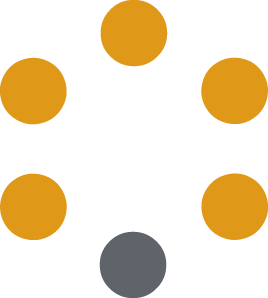“It is the time you have wasted for your rose that makes your rose so important.”
― Antoine de Saint-Exupéry, The Little Prince
Many of us find success in continuous learning, or reaching our personal goals. We spend our energy and efforts into revising, reviewing, and editing these goals with the hope and faith that they will be achieved. To us, our goals are important and meaningful. They are adorned with motivation, determination, competence, and more importantly, our values. Once these goals have been chosen, it is finally time to have them set and realized. First stop: Productivity tools!
Two of the most commonly used productivity tools are to-do lists and agendas, or what some may refer to as a schedule. In this blog post, we will aim to answer the question, “How can your schedule better represent your goals and intentions?” To do this, we will review to-do lists and agendas, and the properties of productivity.
The to-do list and the agenda are similar tools with different functions. They are like siblings of the stationary world: Related yet distinct. To-do lists are simple, easy, and quick. We write tasks down, complete them, and move forward. But to-do lists are not efficient, nor are they a decent portrayal of the resolutions and goals we want to accomplish. Why?
Well, we tend to finish tasks that can be completed quickly. This instant gratification produces clashing priorities and perhaps even stress from unfinished business. For example, let’s say our goal is to become an author. Here we have a list with ten tasks for the day:
- Clean the bathroom
- Organize my wardrobe
- Feed the cat
- Write
- Change bedsheets
- Water grandparents’ garden
- Update my career portfolio
- Go grocery shopping
- Send cards to family
- Tidy the kitchen
Now, realistically, at least two of these tasks may not be crossed off the list because of the time sensitivity and planning needed in order for them to be attained. Perhaps to-do lists may not be the appropriate solution to goal completion.
Its schedule counterpart, however, plays a vital role as a link between our priorities and both our long-term and short-term goals. A schedule embraces time commitments, urgency, and importance. In other words, the properties of productivity are time and value. And the way we use our time is a reflection of what is valuable to us.
So how can we modify the to-do list and transform it into a schedule that better represents our goals? First, choose a goal. Second, divide this goal into smaller, manageable action items. Third, use time blocking. Through the art of time blocking, tasks and goals become concrete and transparent, respectively. In other words, time blocking assists in the process of providing us with suggestions on how to proceed with our goals. When we create spaces for the tasks with the highest priorities and time for healthy breaks, we boost our focus and organizational skills. Our scheduled action items decreases the overwhelming feeling we have of having too much on our plate all at once, and increases our journey towards the achievement of our goals and intentions.
Time is the most important resource, so it has to be used wisely and appropriately. And even more so, the tool we utilize can have an impact on the way we spend our time. In order for our schedule to better represent our intentions, we can use the art of time blocking to assist us in having our goals and dreams realized.
By Mikee Layaoen, Barrie Agilec Team





